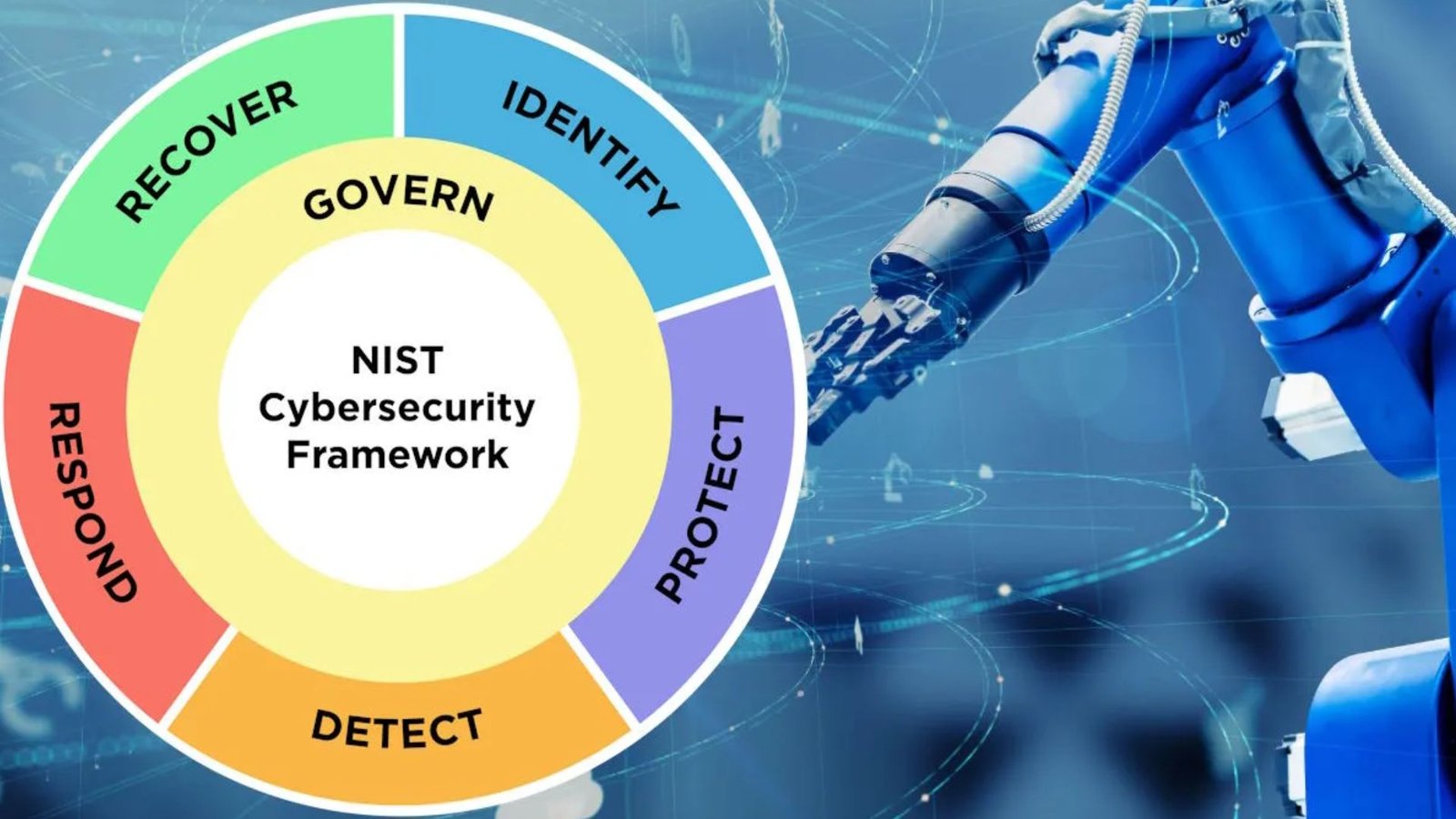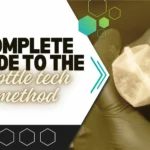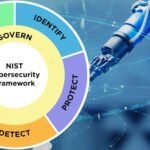Cybersecurity shapes how organizations protect their data, systems, and users. Yet, many people misunderstand the core terms that drive security policies.
Knowing these fundamentals helps you identify risks faster and make smarter decisions. Below is a breakdown of the essential concepts and how they connect to the IAM framework, a central part of modern cybersecurity.
1. Why Cybersecurity Terms Matter
Clear language improves security awareness. Confusion leads to mistakes, and in cybersecurity, small mistakes cause large losses. Knowing the difference between access control and authentication is not optional. It affects how your team responds to threats.
When people misuse terms, they misjudge risk. For example, calling every attack a “hack” misses key details. A phishing attempt differs from a ransomware attack. Each requires a specific response. Accurate language drives accurate action.
2. Core Cybersecurity Terms You Should Know
These are the most common terms used across security teams. Learn them and apply them in your daily operations.
- Authentication: Confirms user identity. Uses passwords, PINs, or biometrics.
- Authorization: Grants or denies access after authentication. Defines what users can do.
- Access Control: The system enforcing authentication and authorization rules.
- Encryption: Converts readable data into a coded format to block unauthorized viewing.
- Decryption: Converts encrypted data back into readable form.
- Firewall: Filters incoming and outgoing network traffic. Blocks suspicious activity.
- Malware: Any software designed to harm systems or steal data. Includes viruses, worms, and trojans.
- Phishing: A fraudulent attempt to collect sensitive data using fake emails or sites.
- Ransomware: A form of malware that locks files and demands payment for release.
- Vulnerability: A weakness that attackers can exploit.
- Patch: A software update that fixes known vulnerabilities.
Each term connects to a real security control. Understanding them helps you respond quickly and plan effectively.
3. Understanding the IAM Framework
The IAM framework, short for Identity and Access Management, controls who accesses what in your network. It defines roles, permissions, and identity verification processes. It ensures users only access what they need for their work.
IAM works through three main layers:
- Identification: The system recognizes a user through unique credentials.
- Authentication: The system confirms the credentials are valid.
- Authorization: The system grants permissions based on assigned roles.
A solid IAM framework uses policies and technology to secure access points. Multi-factor authentication, single sign-on, and role-based access control strengthen it.
Without IAM, systems rely on trust instead of proof. That increases the risk of insider threats, data leaks, and privilege misuse. For example, if an employee retains administrator rights after switching departments, that creates unnecessary exposure. The IAM framework prevents such oversights by enforcing strict controls.
Regular audits support IAM policies. They verify user permissions match current roles. Automation tools also reduce human error. Every login request, access change, and approval should leave a traceable record. This transparency improves accountability and compliance.
4. How IAM Strengthens Cybersecurity
IAM builds structure around user access. It limits exposure and reduces internal risk. Access management is not about blocking users; it is about managing digital identities safely.
Benefits include:
- Reduced Data Breach Risk: Fewer people hold unnecessary access rights.
- Improved Compliance: Supports security standards like ISO 27001 and NIST.
- Simplified User Management: Centralized control over permissions and accounts.
- Faster Incident Response: Logs and identity data help track and isolate threats.
When integrated with other systems, IAM enhances detection and prevention. For example, combining IAM data with Security Information and Event Management (SIEM) tools gives context to user actions. Security teams can detect unusual behavior faster.
5. Best Practices for Implementing IAM
Building a strong IAM program requires discipline and consistency. Follow these practices to improve control and security:
- Start with a complete inventory of users and access levels.
- Apply the principle of least privilege, granting only essential access.
- Use multi-factor authentication for sensitive systems.
- Review access rights every quarter.
- Deactivate unused or orphaned accounts immediately.
- Integrate IAM with HR systems to align access with job changes.
These steps keep your access management clean and auditable. They also prepare you for compliance reviews and penetration tests.
6. Bringing It All Together
Cybersecurity begins with language and structure. Understanding core terms builds your foundation. The IAM framework enforces that knowledge through daily operations. Together, they create a system that protects information and supports accountability.
When you know what each control does, you respond with precision instead of guesswork. That precision defines strong cybersecurity.
Conclusion
Understanding cybersecurity terms and implementing a strong IAM framework strengthens your defenses.
Clear definitions prevent mistakes. IAM controls who accesses what and reduces unnecessary risk. Regular audits and strict access policies maintain security and compliance. Focusing on these fundamentals helps you protect data, manage users, and respond to threats efficiently.










